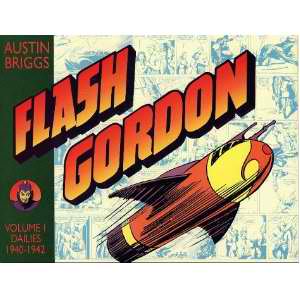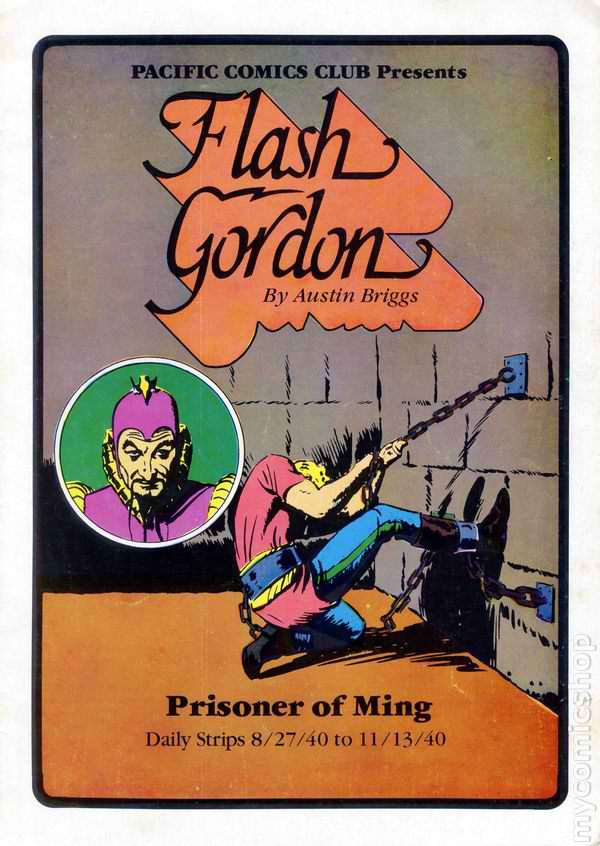Goodman Games releases Dungeon Crawl Classics Role Playing Game
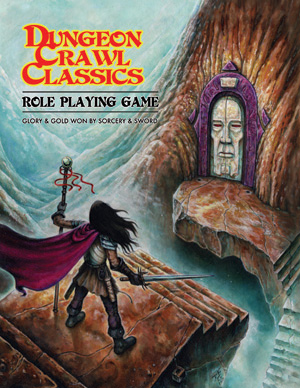 One of the most highly anticipated games of the year — by me, anyway — is finally here: Goodman Games Dungeon Crawl Classics Role Playing Game.
One of the most highly anticipated games of the year — by me, anyway — is finally here: Goodman Games Dungeon Crawl Classics Role Playing Game.
Goodman Games made a name for itself with an impressive line of role playing adventures, Dungeon Crawl Classics. 66 have been released so far — including the latest, The Vampire’s Vengeance. All have championed the virtues of early role-playing: fun, colorful, easily accessible and combat-heavy adventures with uncomplicated storylines and lots of action.
The industry has changed a lot since the first, Idylls of the Rat King, was released back in 2003 however. The most important change has been the rise of “retro clone” games inspired by the original versions of D&D and AD&D that use the Open Gaming license, such as Daniel Proctor’s Labyrinth Lord.
These games, with their focus on simpler, more streamlined rules, perfectly complement the Dungeon Crawl Classics line, and it was an obvious next step for Joseph Goodman and his merry band to turn their creative talents to publishing one of their own.
BG Managing Editor Howard Andrew Jones recently received a review copy, and he tells me he’s very impressed. “It’s retro in feel, but it’s not a retro-clone,” he says. Among the many appealing innovations are spell backfire charts and simple mechanics for spell duels.
“You could never do spell duels in D&D,” Howard notes. “But you finally can here.”
I’m really looking forward to getting my hands on a copy. In the meantime, Howard has promised a more detailed report in a few days.
Goodman Games released a 16-page teaser adventure as part of Free RPG Day 2011. DCC RPG is also supported by an attractive line of third party products from Purple Sorcerer Games, Chapter 13 Press, and many others. You can order the 480-page hardcover of the finished game on their website for $39.99.
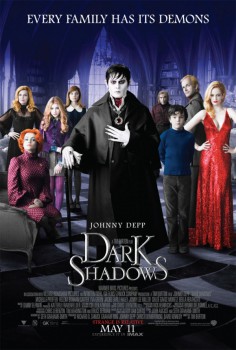 Dark Shadows is the first victim of
Dark Shadows is the first victim of 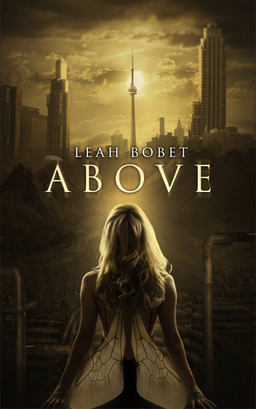
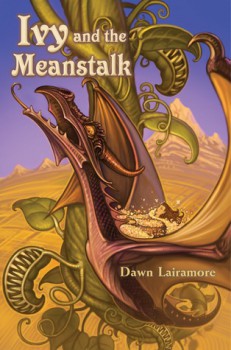 Ivy and the Meanstalk
Ivy and the Meanstalk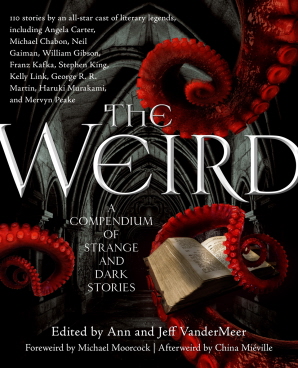
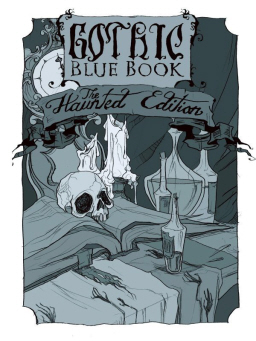
 May’s Apex Magazine features ”Decomposition” by Rachel Swirsky (who is interviewed by Maggie Slater), ”Tomorrow’s Dictator” by Rahul Kanakia and “The Chaos Magician’s Mega Chemistry Set” by Nnedi Okorafor.
May’s Apex Magazine features ”Decomposition” by Rachel Swirsky (who is interviewed by Maggie Slater), ”Tomorrow’s Dictator” by Rahul Kanakia and “The Chaos Magician’s Mega Chemistry Set” by Nnedi Okorafor.
 While I was looking for more authors of modern Arabian fantasy,
While I was looking for more authors of modern Arabian fantasy, 